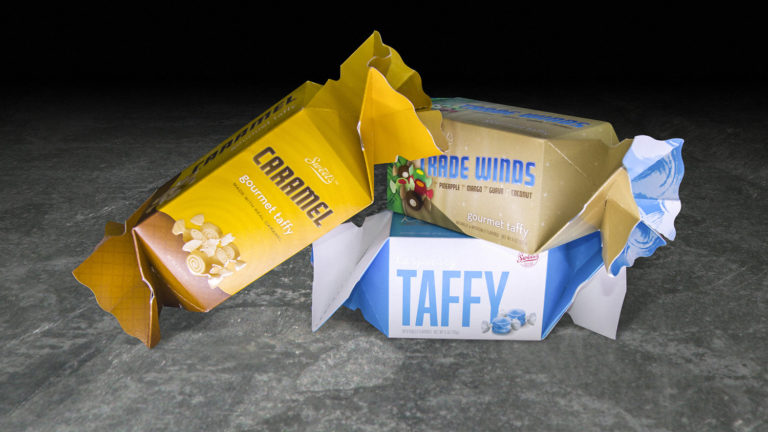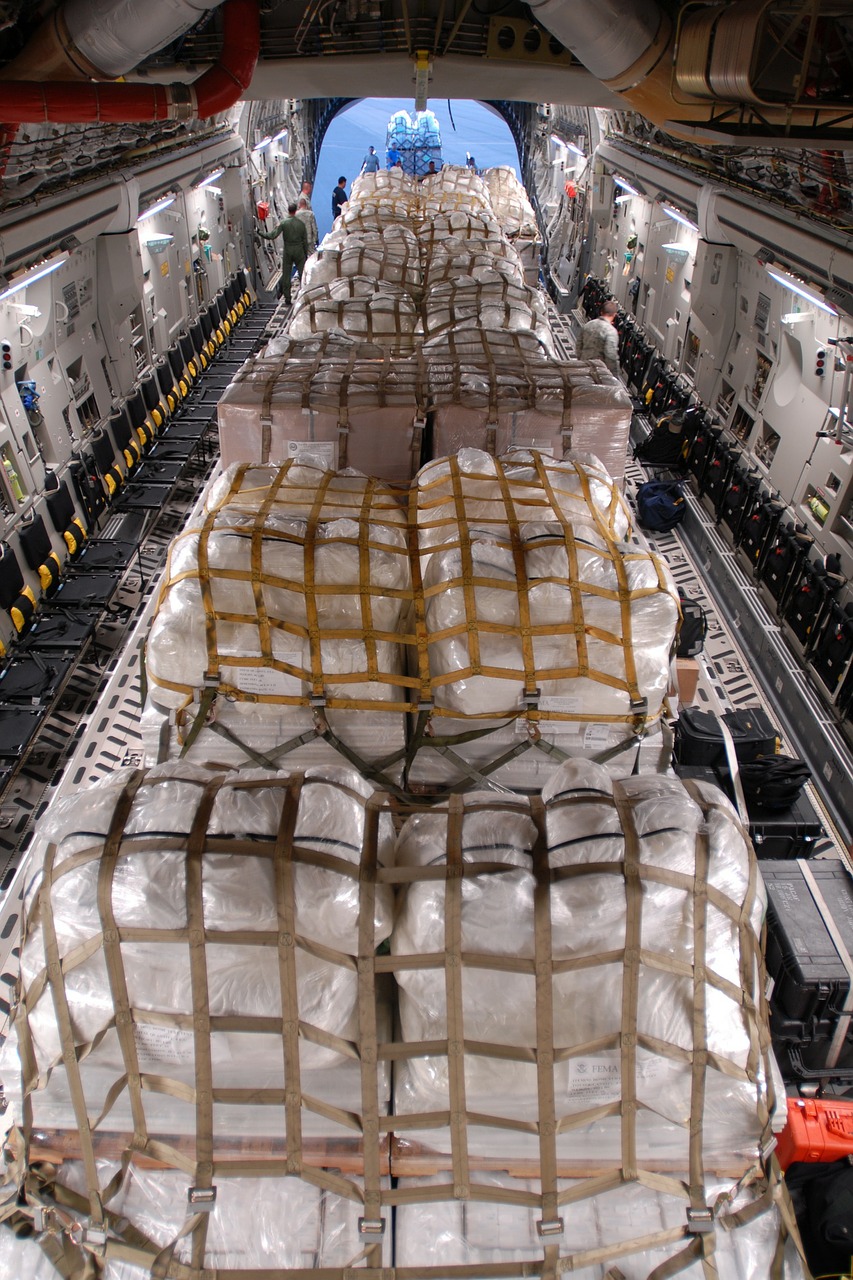Are you looking to decide which packaging to use for your product? Read what you need to know before you get it all wrong.
There are many kinds of product packaging. But to make our lives simpler, packaging has been classified into two. These are called rigid and flexible box packaging. They have been classified into two because each kind of packaging is suitable for a particular kind of product.
Read on to explore more about these packaging’s, their differences, and how you should choose for your product.
What are Rigid Packaging and Flexible Packaging?
Flexible Packaging
As the name suggests, flexible packaging is flexible packets that can be customized very easily. They are lightweight pouches that are sealed using heat and/or pressure. This kind of packaging is manufactured at extremely low costs.
However, they offer minimal protection from the product inside getting compressed. It is also possible that perforation might take place. Examples of flexible packaging include laminated tubes, stand-up zip locks, and vacuum pouches.
Rigid Packaging
Rigid packaging, as you may have figured out is the opposite of its flexible counterpart. They are heavy and hence, are more expensive and offer better protection for the product.
Rigid packaging designs mostly include tin cans, plastic boxes, glass containers, self-locking cartons, and cardboard.
Flexible Box Packaging vs Rigid Box Packaging
Both, flexible and rigid box packaging has a wide range of uses. Some uses may overlap while others are exclusive. The differences, therefore, lie in the way they are constructed, their pliability, customizability, and durability.
The key differences between rigid and flexible packaging are as following:
- Size
Rigid packaging uses up more space than flexible packaging. This is because they cannot be squeezed together when they are bundled. The fact that they cannot be squeezed prevents deformation of the content inside it.
Flexible packaging on the other hand is flat which can be bundled together to save space. This is why flexible packaging is preferred to transport soft goods. They can easily be bent and adjusted in the way you want.
- Weight
Rigid packaging is heavier in weight than flexible packaging. This is because the material used in the making of these packages is thick and dense. For instance, metal, glass, and plastic.
On the contrary, flexible packaging use materials that are lightweight. Examples include flexible foam, paper, and aluminum foil.
- Protection Properties
Due to the materials used in making these packaging’s, we can determine which one protects its contents better. Thus, rigid packaging has better protection properties for the content inside it. However, it is prone to external damage. The exterior can easily be scratched or dented damaging the print.
In flexible packaging, even though they cannot be deformed the contents inside can be damaged. If in case, during transportation something pierces the packaging, the contents inside it will either be wasted or severely damaged.
- Packaging Usage and Costs
Rigid packaging is used to transport fragile commodities such as smart TVs, laptops, cameras, and computer processors. They are further protected using foam. In this case, the cost of rigid packaging is pretty low compared to the costs of the products being shipped.
Flexible packaging is predominantly used to package low-cost products mostly in the cosmetic and food industries. Bread, chips, and frozen foods to name a few examples.
- Customization
Flexible packaging can very easily be customized. You can choose any printing method to add color or any graphics that project your brand in the way you want. Besides, the shape and size can also be customized according to your preference.
However, in rigid packaging, it is expensive and difficult to customize the package. In this kind of packaging, the designs are printed and then pasted on the package. This adds to the cost of adhesives used to paste the printouts.
How to Choose for your Products?
When it comes to choosing the right kind of packaging for your products, you cannot afford to go wrong. After all, packaging can be a huge factor in determining the success of your product. So, the following are a few important considerations before you make a choice:
- Budget
Determine the scope of how much you can spend on your packaging. This is because your budget will further determine the materials used and then the design. You can use recycled plastic which could be cost-effective and make your customers feel good about buying your product.
Look at both, rigid and flexible packaging materials and see which one fits your budget. It also depends highly on the kind of product you want to launch.
- Type of the Product
The packaging of your product will also depend on the type of product it is such as solid, liquid, or gas. So, it is always better to determine the type of the product first.
In most cases, flexible packaging is preferred due to its low costs, especially for liquid products. While rigid packaging is mostly used for gaseous products.
- Shipping and Transportation
The packaging of your product should be such that it can easily be transported and shipped to other places. If the design is great but it is not reaching its potential customers, then it does not matter how good the packaging is.
The most preferred packaging for transport is flexible due to it being so adjustable and easily bendable. But it also depends on your product, so weigh the pros and cons and then decide.
- Consumer Preference
It is important to analyze and understand what the target audience of your product prefers. If your product is one that can be stored, then most prefer rigid packaging given the fact that nothing harms the contents inside it.
But if your product is such that can be disposed of, flexible packaging is the right choice to make. Thus, consider the consumer preferences carefully because they are the ones you’re making the product for.
Key Takeaways
In a nutshell, you first need to understand the ins and outs of both kinds of packaging. Look at each of their uses and what purpose they are serving and how. And then, make an informed decision by planning your budget, deciding on the materials, and the package design.




